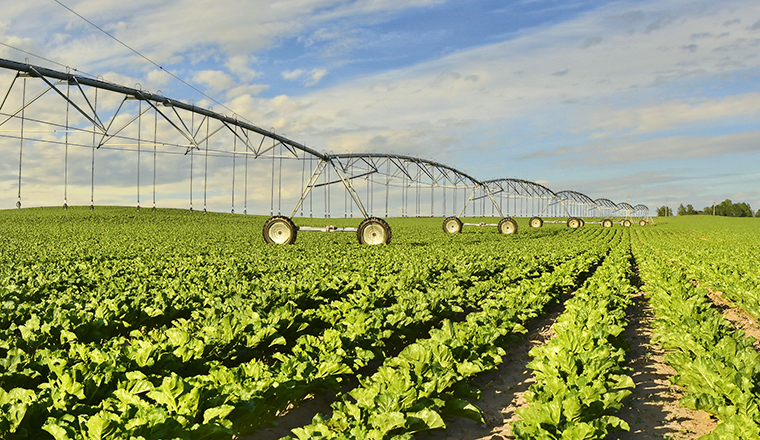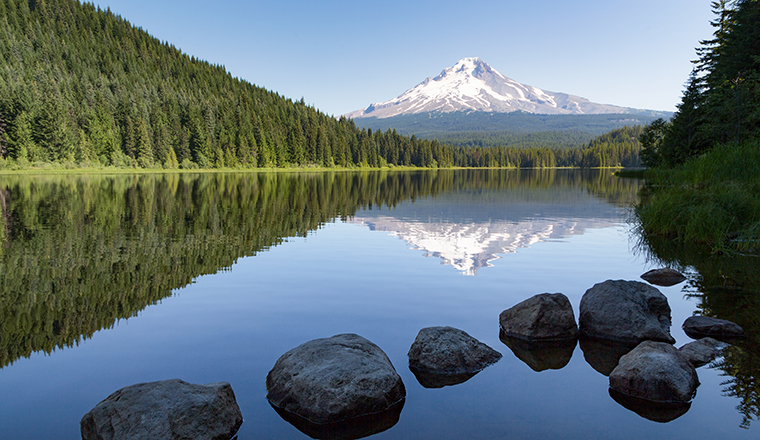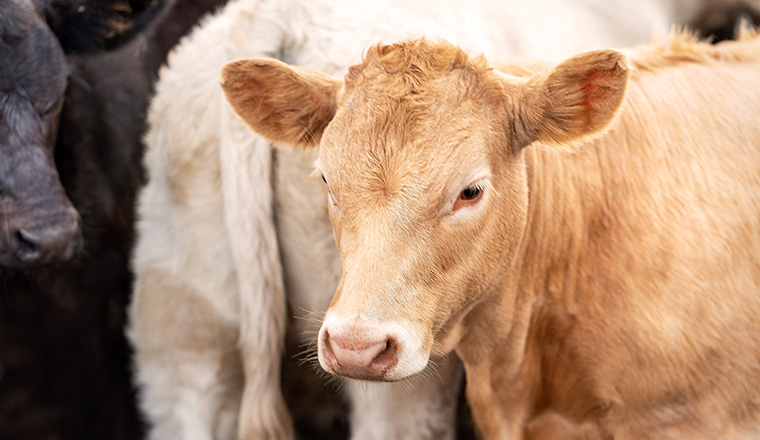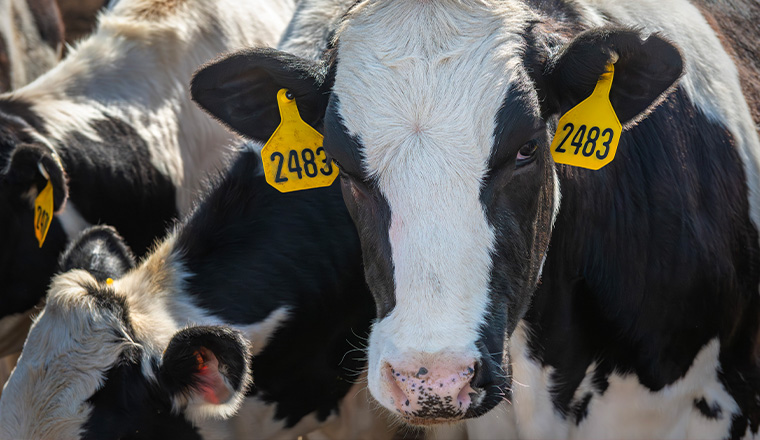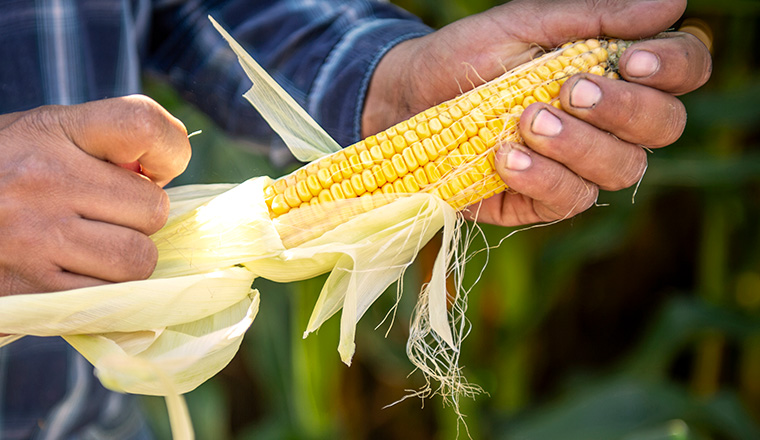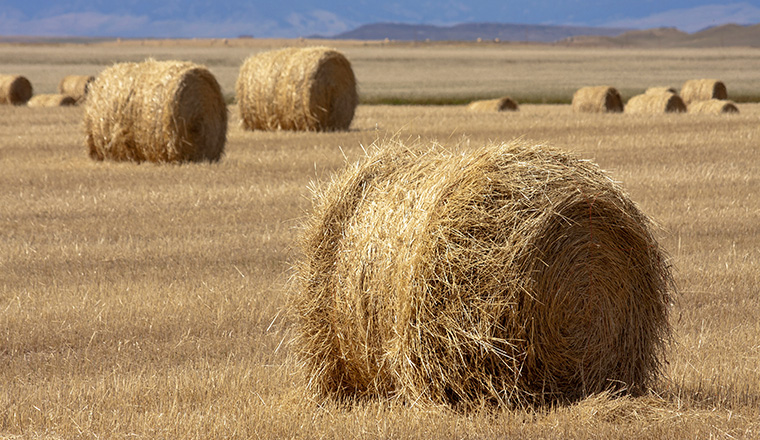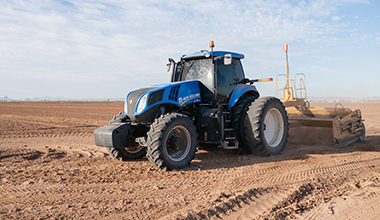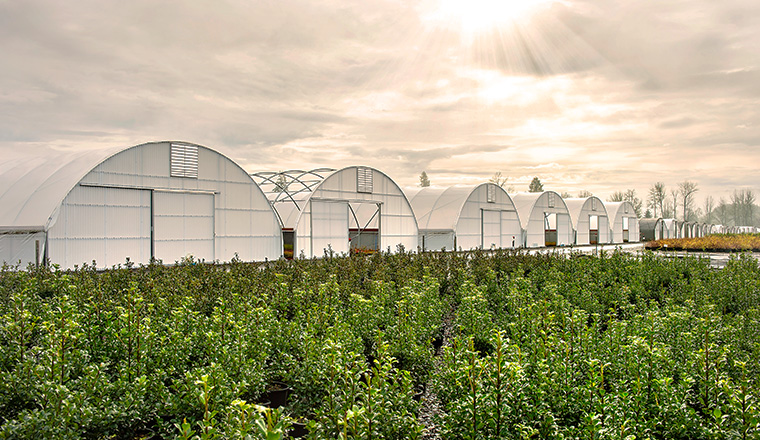Industry Insights

Industry Insights
Inflation is Bigger than the Federal Reserve
For consumers and business managers, high inflation was not perceived to be a risk at that time. Wow, the situation certainly has changed! Headline inflation, which includes food and energy, is currently at 8.3%. Core inflation, stripping out food and energy, is at 6.3% and the Producer Price Index (PPI) is at 11%. With its dual mandate of stable inflation and full employment, the Federal Reserve has signaled interest rate increases to kill the dragon of inflation. Let's examine why it may be difficult to temper inflation by raising interest rates and how high inflation could quickly move the U.S. into a recession.
Elements beyond the Federal Reserve's control have created a convergence of events that will need to be examined, both in terms of inflation duration and when the rate of inflation will eventually start to decline.
Front and center is the war in Europe. In the agriculture industry, one only has to examine fertilizer prices to see the effects of this conflict. The availability of some components in natural gas that are critical to fertilizer production are going to be very questionable this fall and winter, particularly if the war continues. Many are wondering if the supply of fertilizer and other inputs will be available and at what cost in 2023.
The COVID-19 lockdown in China is creating supply chain issues for key technology and consumer goods demanded by the international marketplace. Again, the extent and duration of this variable is out of the Federal Reserve’s control. As a matter of fact, almost 40% of the manufacturing sector in China is being impacted by COVID-19 and it produces 30% of the service goods in the world.
Extreme weather in the western United States, Brazil and other growing areas are now creating the possibility of food price inflation and food shortages in emerging nations. This situation usually breeds unrest in these countries.
The de-globalization trend is now in full swing as supply chains are being brought back to regions such as North America, Europe and the Asian rim. This is a disruptor that is creating spot shortages contributing to inflation.
The savings from government stimulus is being spent on travel and activities as consumers are seeking social contact. The question becomes, how long will it take for Americans and global citizens to burn through this savings? In the United States, this savings amounts to $2.5 trillion.
Similar to the lyrics of the 1960s song by Buffalo Springfield, battle lines are being drawn. Authoritarian economies are gathering the support of emerging nations such as India and Brazil and pitting them against western nations. This is another factor that could quickly emerge and increase both the rate and the duration of inflation.
Over the next few months, pay close attention to the battle of fossil fuels versus green energy. This could create the apex of the convergence of events that determines the direction and duration of inflation.

